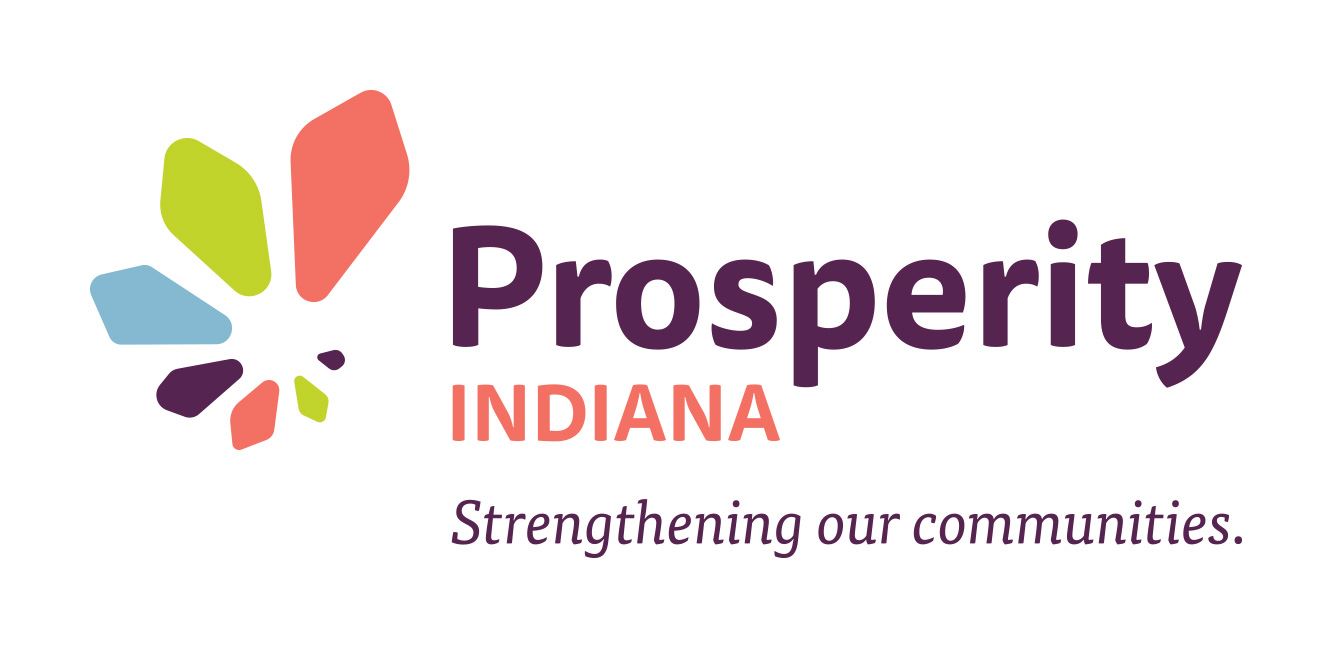For centuries and in cultures spanning the globe, humans have practiced the concept of a “lending circle,” or short-term, interest-free loans among close associates to pay for emergencies, repairs, down payments, or even vacations. The concept is simple; a small group of people organize themselves and agree to contribute a predetermined but financially feasible amount of money into a collective pot every month. Each month, the pot is given to a different participant who has not yet received the pot until everyone has had a chance to collect. For example, five neighbors decide to contribute $100 a month and each month one of the neighbors receives $500. This continues for five months until the fifth neighbor receives $500. Although the success of lending circles hinges on every participant contributing their monthly obligation, the close social connection between neighbors along with the negative consequences to one’s relationship with their neighbors if they fail to make a payment reduces the risk of defaulted loans.
Lending circles like the example above, have traditionally been practiced informally among members of a particular community with direct social links between the participants. However, non-profits such as the Mission Asset Fund (MAF) in San Francisco have formalized the concept of lending circles to the benefit of vulnerable populations by improving their access to institutions and financial products otherwise restricted from them. For instance, similar to traditional lending circles, MAF lending circles have no fees and 0 percent interest. However, unlike traditional lending circles, MAF requires and provides free financial training and reports loan payments to credit bureaus in order to improve participant’s credit scores. Participants based in San Francisco are further incentivized to repay their loan on time with competitive small business loans available only after successfully finishing a lending circle.
The success of MAF’s lending circles is staggering. MAF reports that only .7 percent of participants default on their loan payments. This is incredible when compared to the microlending industry standard which is around 12 to 14 percent. Since 2008 when the lending circle program was first launched, MAF has saved participants over 1 million dollars in interest and fees, facilitated over 6 million dollars in loans, and improved participants’ credit score by an average of 168 points. Even more incredible was the success of the “invisibles,” or individuals who previously had no credit score. Their credit scores grew an average of 650 points upon completion of a MAF lending circle. Now these invisibles that were vulnerable to predatory lending practices, such as payday loans, check cashers, and pawn loans, have access to proper alternative financial products and services provided by traditional financial institutions due to their credit history. In addition, entrepreneurs are more eligible for credit lines offered by financial institutions and are able to afford initial startup costs due to the loan they received for participating in the lending circle. Currently, one out of seven participants of the MAF’s lending circles are self-employed and directly contributing back into their own communities.
MAF has quickly expanded the reach of its lending program across 18 states nationwide, including Michigan, Illinois, Ohio, and Minnesota due to partnerships with other local non-profits. Now, more Americans across the US are given the opportunity to raise capital, afford down payments, and build credit scores.
To learn more about lending circles, please visit Mission Asset Fund at www.missionassetfund.org.

